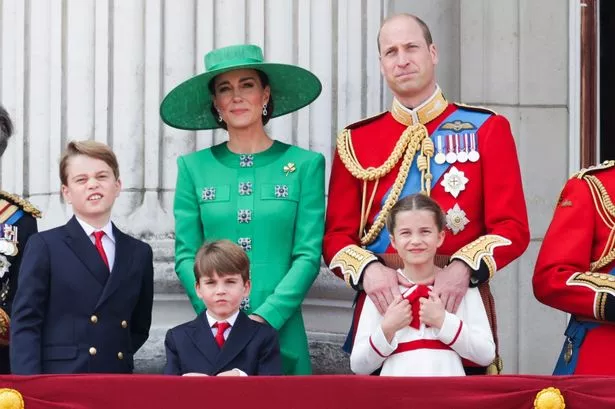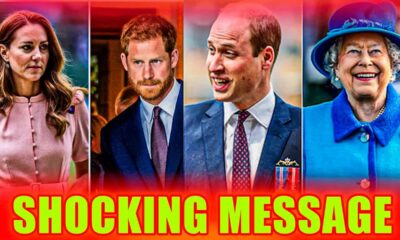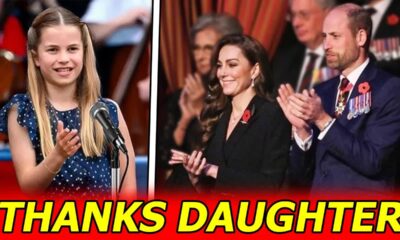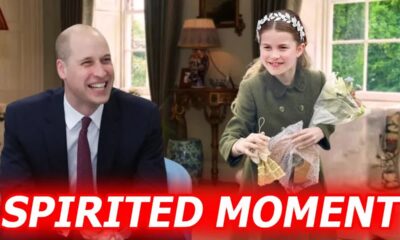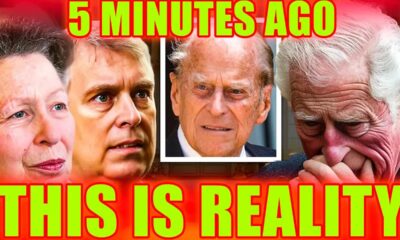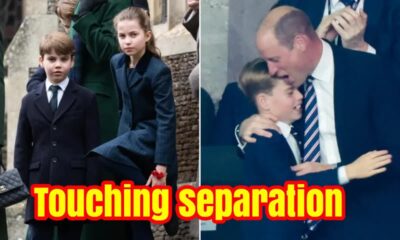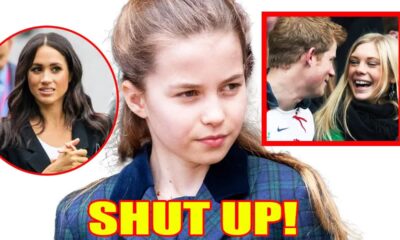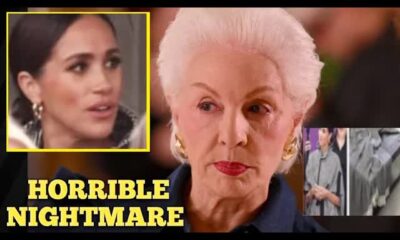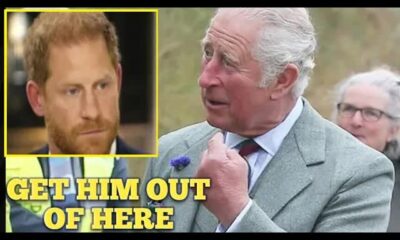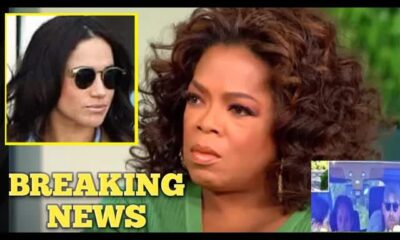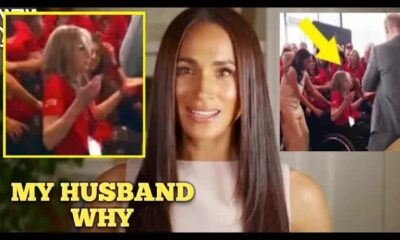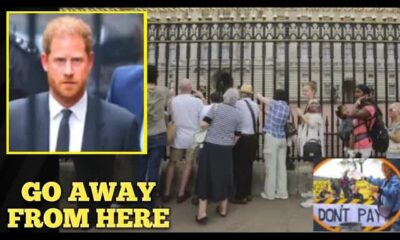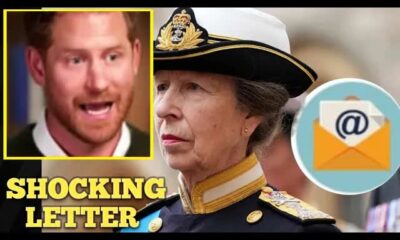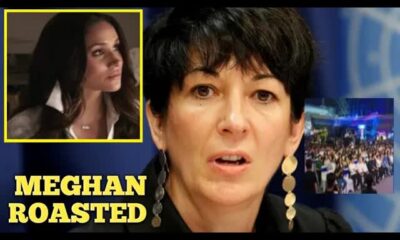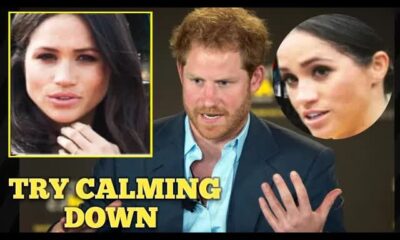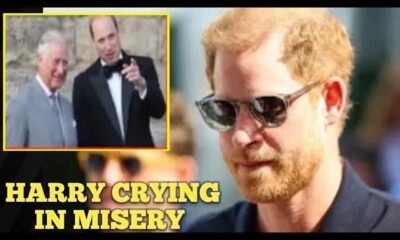The News
Princess Charlotte: The Future Face of Royalty
When you think about royal traditions, tiaras instantly come to mind.
These stunning pieces are not just beautiful accessories; they carry deep meanings of status and heritage.
Among the royal family, young Princess Charlotte has become a standout figure, captivating the public with her charm and grace.
However, there's much more to Charlotte than her sweet demeanor.
At just eight years old, she embodies a significant shift in the monarchy, balancing the weight of tradition with the promise of modernity.
Charlotte's life isn't merely about attending glamorous events with her family.
Instead, she represents a new chapter for the British royal family, one that embraces both heritage and change.
Her natural charisma and emerging leadership skills are already becoming apparent, hinting at her unique role within her family and the monarchy as a whole.
When the day comes for Charlotte to don her first tiara, it won't just signal her coming of age; it will mark a pivotal moment in the royal narrative.
The Wales family, like all royals, lives under the watchful eyes of the public.
Every official engagement is scrutinized, but it's the quieter family moments that often reveal the most.
At the heart of this evolving story are Prince William and Catherine, who are preparing for their future roles as king and queen consort.
Yet, within their close-knit household, it's Charlotte who is stepping into an unexpected leadership role, influencing the family dynamic in ways that are both surprising and significant.
As the eldest daughter, Charlotte plays a crucial part in her siblings' lives.
She's not just a caring sister to Prince George and Prince Louis; she also helps maintain harmony within the family.
Royal expert Christopher Anderson points out that Charlotte has already earned the title of “Louis' Whisperer” among palace staff, thanks to her knack for soothing her younger brother's emotional outbursts.
Even at such a young age, her ability to mediate and nurture speaks volumes about her character.
Charlotte's leadership extends beyond the familial sphere.
Observers have noted her composed behavior during high-profile events, showcasing a maturity that belies her age.
For instance, during the coronation concert of King Charles III, Charlotte took it upon herself to keep George engaged when Louis was too tired to participate.
This thoughtful gesture highlighted her blend of youthful spontaneity and adult-like responsibility, setting her apart as a remarkable young royal.
Experts believe that Charlotte's qualities—responsibility, empathy, and charisma—will only grow stronger as she matures.
Her eventual debut in a tiara will symbolize not just her personal journey but also the changing face of the British monarchy.
While her current focus remains on family, her instincts for leadership and adaptability suggest she could play a vital role in modernizing the royal image.
In terms of royal succession, Princess Charlotte holds a distinctive position.
Traditionally, royal brides wear tiaras on their wedding days, making her first tiara appearance a highly anticipated event.
Speculation abounds regarding which iconic piece she might choose, whether it be the Lotus Flower Tiara or the Halo Tiara, both steeped in royal history.
Alternatively, a bespoke tiara could be commissioned to celebrate her individuality and mark this significant occasion.
Tiaras in the British royal family are far more than mere adornments; they symbolize tradition and key life transitions.
Although Charlotte's first tiara moment may still be a few years away, her influence is already being felt.
Her elegant style has made her a trendsetter in children's fashion, inspiring parents and designers alike.
When the time comes for her to wear a tiara, it will undoubtedly be a moment of great significance, drawing admiration from around the world.
Unlike some European royals who wear tiaras upon turning eighteen, British customs dictate that this honor is reserved for marriage or maturity.
Despite her rising popularity, it seems unlikely that this tradition will bend for Charlotte.
Historical precedents show that tiaras have long been associated with married women's status, a symbolism that still holds weight today.
As Charlotte navigates the intersection of tradition and modernity, some speculate that the monarchy may adapt its customs to stay relevant.
She could emerge as a symbol of transformation, bridging the gap between royal traditions and the expectations of a more progressive society.
Her first tiara appearance may reflect not just her personal growth but also the broader evolution of royal identity.
While the traditions surrounding tiara-wearing remain steadfast, history has shown that exceptions can occur.
Queen Elizabeth II received her first tiara at eighteen but didn't wear it until her wedding day.
Similarly, Princess Margaret and Princess Anne wore tiaras in their youth, indicating that while customs endure, they can also evolve.
Given Charlotte's prominent role and future responsibilities, we might see similar adjustments in her case.
As the royal family continues to engage with contemporary expectations, changes in tiara-wearing protocols could become a reality.
Events like weddings, state functions, and international visits may see Charlotte taking on greater responsibilities, transforming her tiara into a powerful emblem of her royal status.
Recent examples, such as the wedding tiaras worn by Kate Middleton and Meghan Markle, illustrate the importance of honoring tradition while appealing to modern sensibilities.
Ultimately, the question of when and how Princess Charlotte will wear her first tiara opens up a broader conversation about the monarchy's adaptability.
With her unique charm and growing prominence, this moment promises to be both a personal milestone and a transformative event for the royal family.
Will Charlotte uphold centuries-old traditions, or will she redefine them for a new era?
Only time will tell.


